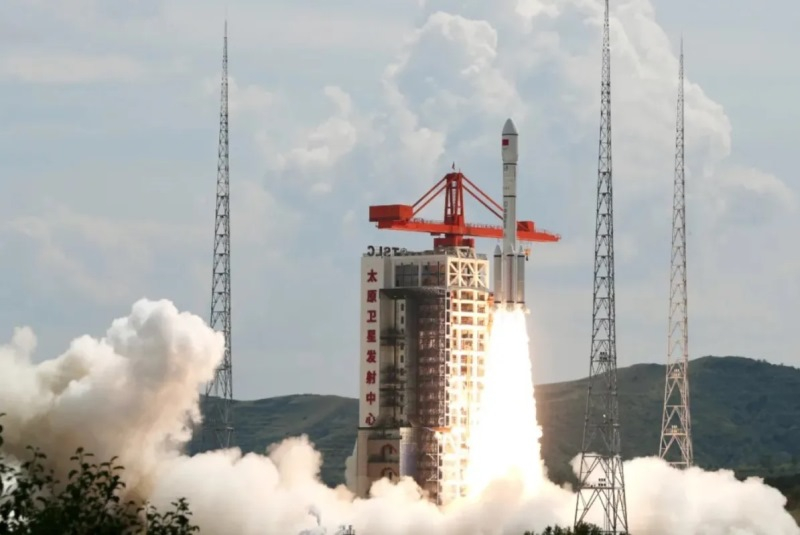In August this year, China sent the first Qianfan (“Thousand Sails”) telecommunications satellites into space, which will be used to provide broadband Internet access services as part of an orbital constellation of 14 thousand devices. Astronomers who have observed the Chinese satellites have reported that they are much brighter compared to the devices launched by Western countries. This will negatively affect the operation of ground-based space observatories.

Image source: Ourspace
The study showed that the brightness of the Chinese satellites ranges from 8 absolute magnitudes when they are at their closest point to Earth, to 4 absolute magnitudes at their maximum distance from our planet. This makes spacecraft bright enough to be seen from the Earth’s surface with the naked eye. The indicated maximum value is also significantly higher than the 7 magnitudes recommended by professional astronomers, at which satellites do not create many difficulties for observing space objects from ground-based observatories.
«The Qianfan satellites are brighter than sixth magnitude except when observed at low altitudes in the sky. Thus, they will negatively impact professional and amateur astronomy activities unless operators reduce their brightness,” the study said.
The researchers analyzed the change in brightness of the satellites depending on their altitude and found that it fits well with a model where the spacecraft’s large flat antenna is pointed towards the Earth, while the solar panels are facing in the opposite direction. Not much is known about Chinese telecommunications satellites, and there is no information regarding the possible use of mirrors in their design to reflect light from the Earth, similar to what SpaceX already uses to dim the brightness of its Starlink satellites.
The authors of the study hope to draw public attention to the problem in order to encourage the Chinese side to make appropriate changes to the design of their satellites to reduce brightness. It is unclear whether Shanghai Spacecom Satellite Technology, the developer of the Qianfan spacecraft, will respond to this research.
Observing space from the surface of the Earth is complicated not only by Chinese satellites. Earlier this week, AST SpaceMobile announced the completion of the deployment of a large phased array antenna on the first of five BlueBird satellites delivered into orbit on September 12. The antenna, with an area of about 65 m², is one of the largest commercial antennas in low Earth orbit, and its brightness in the night sky is also a concern for astronomers. At the same time, radio astronomers said that Starlink satellites create interference at low frequencies because they generate significantly stronger signals than the objects observed by scientists.
«Humanity is approaching a tipping point where we need to take action to preserve our skies as a window to explore the universe from Earth. Satellite companies have no interest in generating this unintentional radiation, so minimizing it should also be a policy priority. Starlink is not the only major player in low-Earth orbit, but the company has a chance to set the standard here,” said Federico Di Vruno, a spokesman for the Square Kilometer Array observatory.